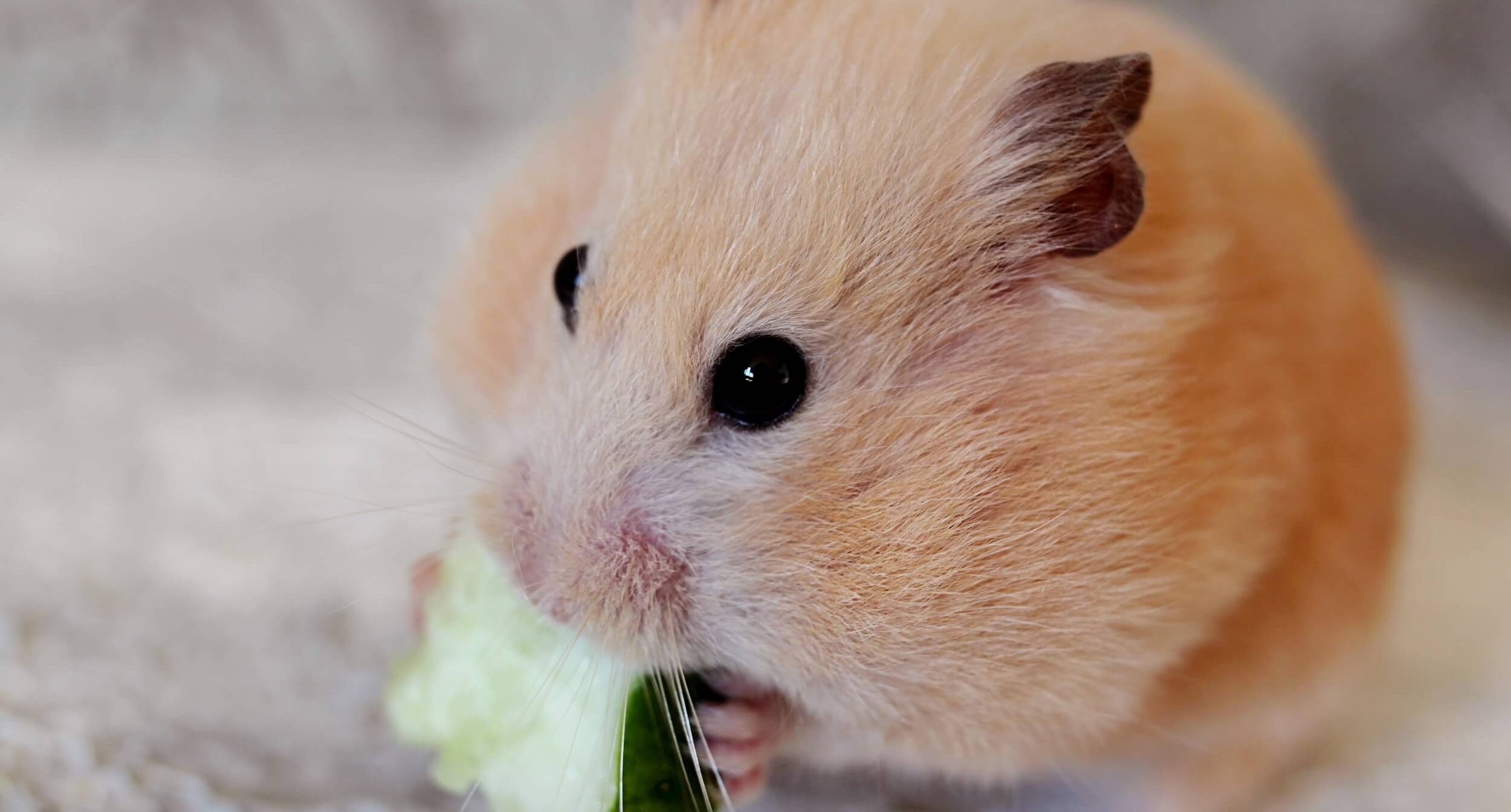
Food for Little Friends: Fresh, Varied, Species-Appropriate
“Is it okay for the hamster to eat chocolate?” – Children often ask curious questions when it comes to feeding. The answer is clear: No! But the question shows how exciting the topic of nutrition is. The right food is not only vital for survival, but also a daily highlight. And: It offers families a wonderful opportunity to talk about healthy eating.
Basics of Feeding
The basis for almost all small animals is hay – it ensures healthy teeth and a functioning digestion. In addition, there is fresh water and, depending on the animal species, vegetables, herbs or special grain feed. Variety is important: peppers, cucumbers, fennel or herbs bring vitamins into play. A one-sided diet quickly leads to deficiency symptoms. Fun fact: Guinea pigs, like humans, need vitamin C – a great opportunity to talk to children about vitamins.
Differences between Animal Species
Not every animal needs the same thing:
- Hamsters: Grain feed, few fresh vegetables, no citrus fruits.
- Guinea pigs: lots of hay, fresh vegetables daily, plus vitamin C.
- Rabbits: Hay as a base, vegetables and herbs, little to no fruit.
This is how children learn that even small differences can be important.
Suitable – Better Not
- Suitable: Hay, fresh vegetables (e.g. cucumber, peppers, fennel), herbs, some fruit.
- Not suitable: Sweets, bread, seasoned food.
- Caution: Only eat fruit in moderation, as sugar puts a strain on digestion.
Everyday Life at the Feeding Bowl
For children, feeding is a ritual that is fun and teaches responsibility. They can put a piece of carrot in the bowl or watch guinea pigs squeak happily when the vegetable bag rustles. Hamsters, in turn, carry their food away in their cheek pouches – a great observation for curious eyes.
Family Idea: Food Diary & Weekly Plan
A food diary can help: children paint what they have given the animal and note how it reacts. A weekly plan also creates variety – cucumbers on Mondays, peppers on Tuesdays, carrots on Wednesdays. In this way, children playfully understand how important variety is in nutrition – not only for animals, but also for ourselves.
To the Point
Feeding is far more than a duty. It is a daily opportunity for children to take responsibility and experience positive feedback. A full, satisfied animal makes it clear: care works. And at the same time, children learn that variety and freshness are also important for us humans.